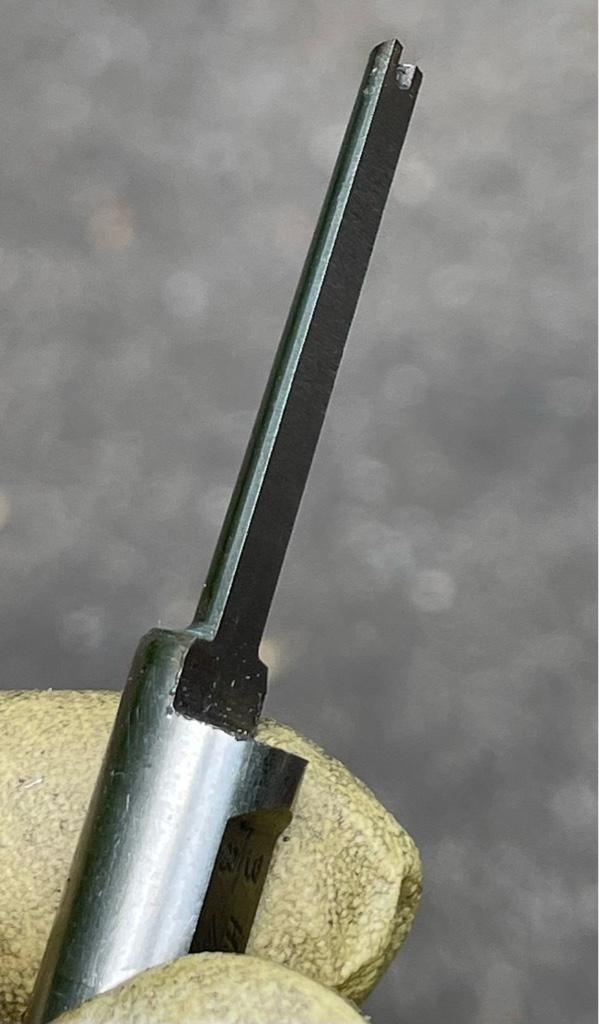- Joined
- Apr 14, 2014
- Messages
- 3,153
Lately there have been a number of posts concerning the use, creation, and sharpening of D bits. I must admit in all my years of machining I've never purchased one, and never even used one. The majority of the work I've done has been with standard end mills, and standard profile lathe tooling. Occasionally I'll need to make a form tool or order a special mill, but those times have been minimal.
What can a D bit do that either a standard end mill, reamer, or twist drill can't do?
What can a D bit do that either a standard end mill, reamer, or twist drill can't do?


